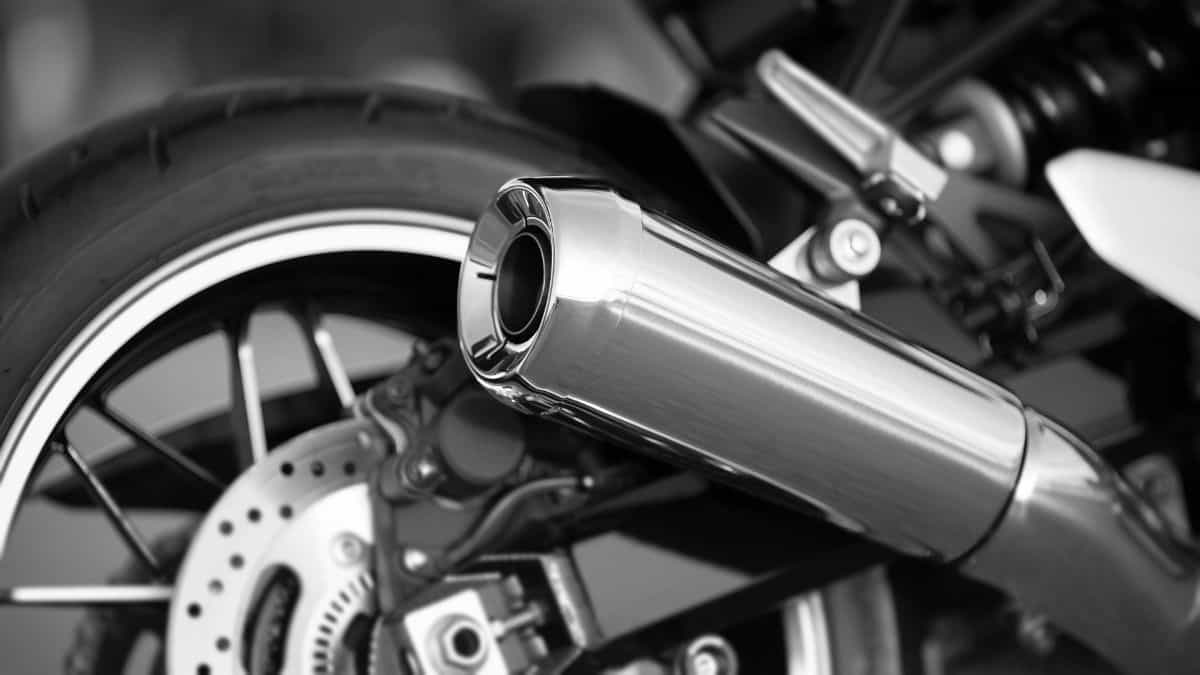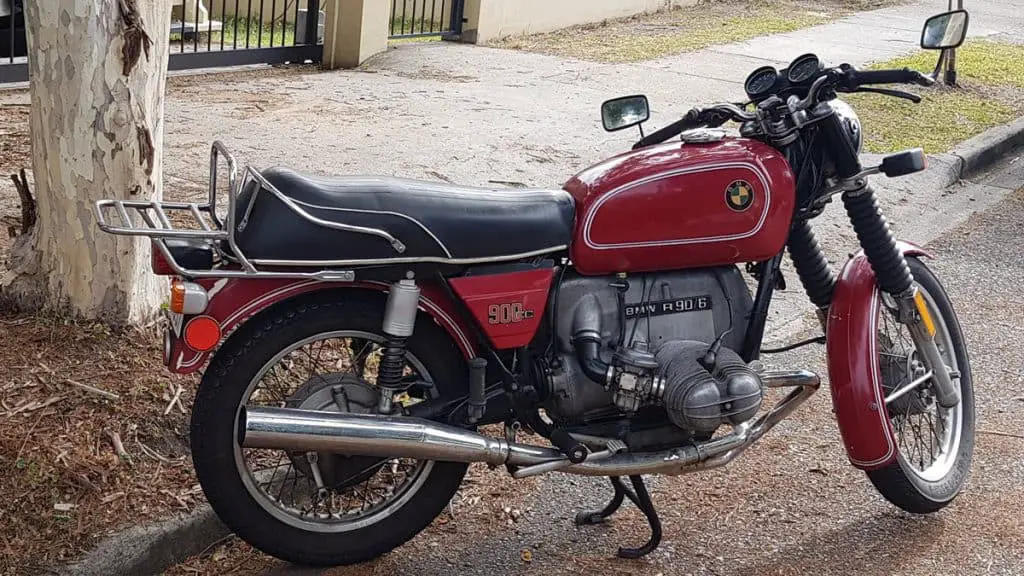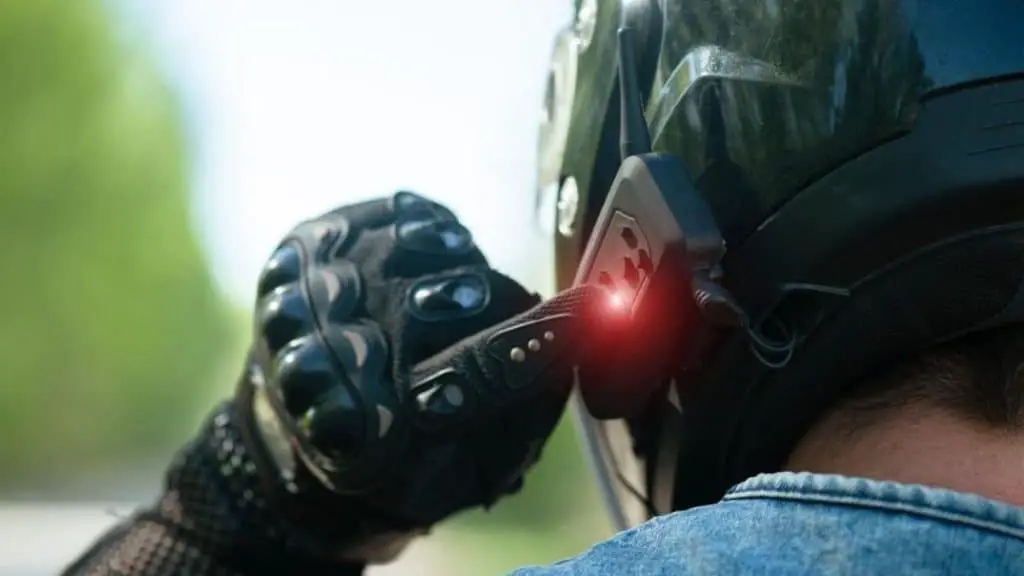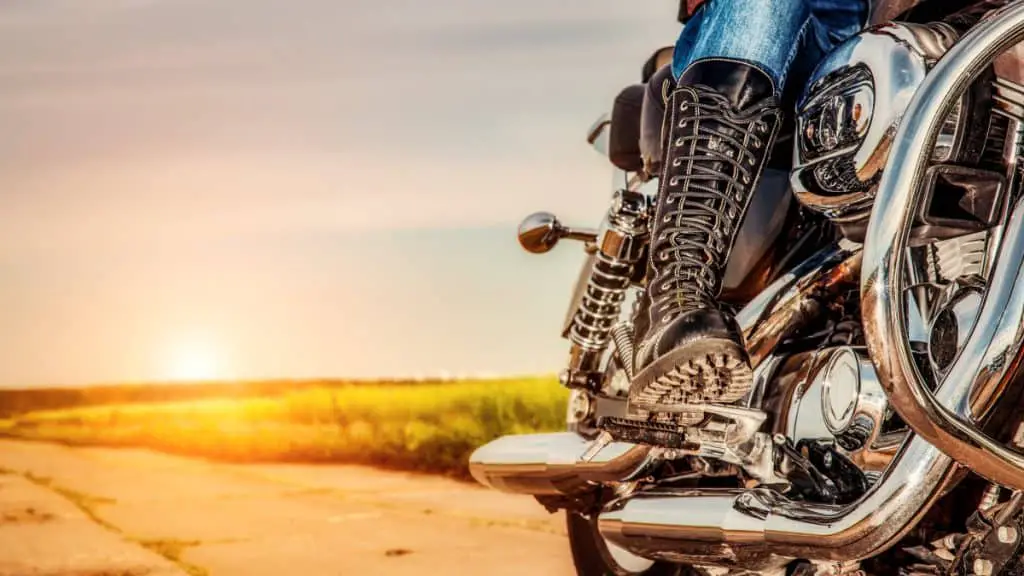How Hot Does a Motorcycle Exhaust Get? (Burning Questions)
Are you one of those newbie riders who almost burned their legs after touching that shiny motorcycle exhaust?
Honestly, you aren’t alone.
(Psst! It happened to yours truly in his greenhorn days.)
So now that you have your fingers burned (never mind the idiom), let’s come to the basic question.
How hot do motorcycle exhaust pipes really get?
Actually, there’s no specific figure that can answer the question.
The exhaust gas temperatures can range anywhere between 300 to 930°F (150 to 500°C). If you are driving really hard the temperatures can be as high as 1600°F.
News flash: it gets really hot in there!
However, the outside surface of the exhaust pipe will be cooler than these numbers. Also, the closer you get to the engine, the hotter the pipe will be.
Bottom line- determining the precise temperature of the exhaust assembly is hard. But the internal temperatures of an engine can rise above 1300°F during ignition. So even after cooling, the exhaust pipe temperature can be as high as 500°F.
Be warned: that’s hot enough to give you a nasty burn!
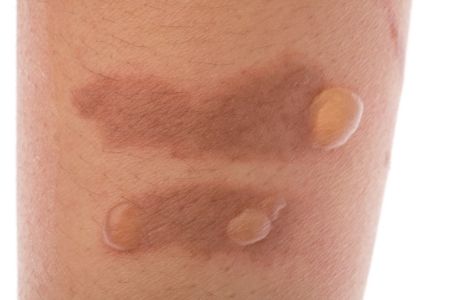
But there’s a lot more happening within the exhaust assembly than what meets the eye. The exhaust system is a complex assembly that has a big impact on your bike’s performance. See my article about long vs short motorcycle exhausts for more details.
To understand how the exhaust pipes get so hot, we need to take a look at a few details.
Let’s get started.
How Does a Motorcycle Exhaust Pipe Function?
We all know the basics. The exhaust pipe transfers the post-combustion gases from the engine block to the atmosphere.
Note, the burnt gases enter the pipe at a pressure of 80 to 100 psi, and they travel at the speed of sound. That means high pressure and high speed gas pulses.
Time to take a closer look at the main components of the exhaust system.
Piping
The header pipes are the main carriers of exhaust gas. The gas is collected from the exhaust of each engine cylinder into an exhaust manifold and then combined into one pipe.
What are the exhaust pipes made of?
From steel, aluminum, titanium, carbon fiber… you name it. Manufacturers are using a variety of materials to improve the overall efficiency.
Catalytic Converter

This is what makes your vehicle more environmentally friendly. This box-like structure contains catalysts like platinum that speed up the chemical reactions. It converts the carbon monoxide and nitrogen oxides into water vapor, nitrogen, and carbon dioxide.
Muffler
The main purpose of the muffler is to protect the ears of those around you while you are riding. It has baffles that interrupt the sound waves and cancel them out to minimize the noise.
And before you dream of awakening the beast within you and removing the baffles, think again amigo.
The baffles serve a ton of other functions that affect the overall performance.
Overall, the design of the exhaust system is a complex balancing act between engine performance, cost demands and aesthetics.
But that’s not all….
The tortuous routing of the exhaust pipes serves some other functions as well. The pressure waves in the engine are used for back pressure scavenging and improving the volumetric efficiency of the engine.
This is where it gets technical, but let me try to keep it simple (not an easy task at all).
Basically, the high-pressure pulses created in the exhaust pipe are reflected back to the engine. The process increases the pressure differential across the exhaust valves. When done with the right timing, this helps the residual gas mixtures in escaping and also aids in sucking in the fresh air.
The fact is, the dynamic wave action of the gases in the exhaust pipe and the engine performance are closely related. This works for both two-stroke and four-stroke engines.
In short, without the right exhaust design, your motorcycle will suffer from low-end performance.
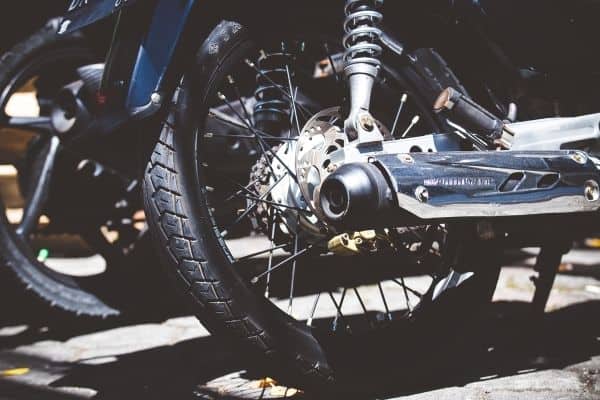
Factors Affecting Motorcycle Exhaust Pipe Temperature
In general, the exhaust temperature is affected by the engine rpm. With higher rpm, the temperature of the exhaust gases will rise. The temperatures also rise with a higher load on the engine.
Beyond that, riding conditions like a bumpy road and frequent gear shifts can stress the engine and increase exhaust temperatures.
The other factors are the engine type and the design of the cooling system. Any pro-rider will tell you how some engines heat up more easily than others.
Next, the type of cooling system in the motorcycle plays an important role too. Air-cooled systems are simple but the least efficient. Liquid or oil-based cooling systems offer more cooling efficiency.
That said, if the outside temperature is high, the overall heat transfer reduces. During such conditions, an overloaded or stressed engine can easily get overheated.
Here’s the important part…
Low temperatures in the exhaust system can indicate an over-rich fuel mixture. This results in lower engine performance and fuel redundancy.
When the exhaust system gets overheated, it means that the fuel mixture is weak. As a result, the combustion process is taking longer than necessary.
Ever seen a motorcycle exhaust pipe turn blue?
Well, that’s because of the extreme heat in the exhaust system.
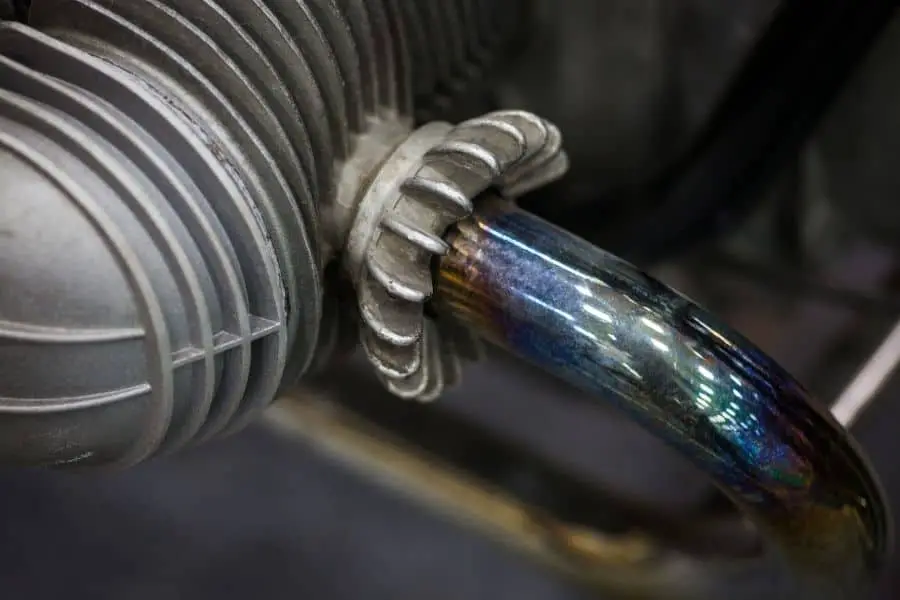
Truth is, your motorcycle exhaust will get hot and there’s nothing to worry about.
To sum up, the harder the engine works, the hotter the exhaust assembly will get. Beyond that, the temperature depends on a variety of factors including the engine performance, ride conditions, ambient temperature, and exhaust system design.
Just keep an eye out to prevent the exhaust from overheating, or not heating up sufficiently.
Motorcycle Exhaust Temperature- Safety Aspects
Now you know how hot an exhaust gets on a motorcycle.
But how does that impact you during a ride?
Time to consider the safety aspects.
Unfortunately, many riders neglect the risks that lead to exhaust pipe burns. Here are a few points that you can keep in mind.
- Wear thermal liner jackets with long pants to prevent accidental burns.
- Use a well-designed heat shield or guard on the motorcycle that doesn’t affect the airflow to the exhaust.
- You can use heat wraps on the exhaust pipes. However, it’s an irreversible process and can affect the durability of the pipes.
- The majority of the accidents happen during getting on or off the motorcycle. So, be careful during these movements.
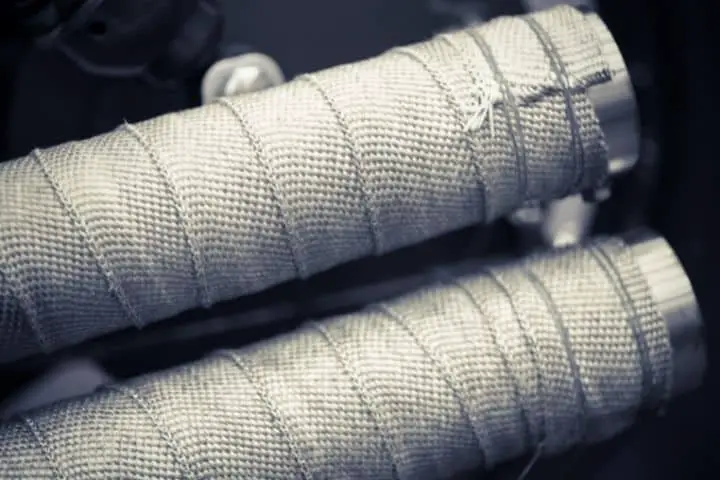
Frequently Asked Questions
How do I lower the temperature on my motorcycle exhaust?
If you are a pro-rider, you can think of installing a customized large-diameter exhaust system. If you are not familiar with the complexities involved, an experienced mechanic can easily install one for you.
Can I use toe sliders for preventing exhaust pipe burns?
Not really. The purpose of the toe sliders is to protect your toes in case of a lowside. They also prevent injuries if your toe touches the ground.
How hot does a Harley exhaust get?
The exhaust pipe temperatures in a Harley can be around 200 to 500°F. The exact figure will depend on the driving conditions, engine performance and the rpm.

